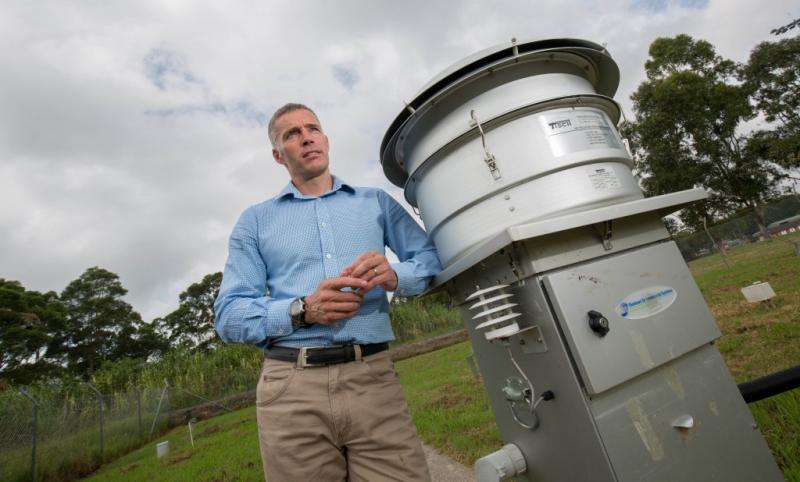Childhood exposure to environmental lead linked to aggressive behaviours and death by assault

Australian children who are exposed to higher levels of environmental lead are more likely in early adulthood to show increased aggressive behaviour and commit an assault that results in death, a new study led by Macquarie University researchers has found.
Lead exposure is known to increase impulsivity, and crimes of aggression are typically related to impulsive actions. In this study, the first of its kind in Australia, the researchers investigated these relationships in Australian communities at suburb, state and national level.
To look at how air lead exposure levels in Australia during childhood were related to rates of assault 15-24 years later, the researchers first adjusted for socio-demographic factors that are also known to affect criminal behaviours, such as age, secondary school completion, and household income. They then compared the results among six NSW suburbs and found that environmental lead level exposure during childhood was actually the strongest predictor of assault rates later in life.
"When comparing results between suburbs in New South Wales we found that for every additional microgram of lead in the air, assault rates 21 years later rose by 163 assaults per 100,000 persons," lead author Professor Mark Taylor explained.
"The analysis revealed that after taking into account relevant socio-demographic variables, concentrations of lead in the air accounted for 29.8% of the variance in assault rates that we see 21 years after childhood exposure."
At the state level, the results were echoed in New South Wales and Victoria, the states with the largest populations, highest population densities and petrol lead emissions. In these states, 34.6% and 32.6% of the variance in the rates of death by assault 18 years after exposure were revealed, respectively.
"While the correlation is weaker at state and national levels, there is still an observable correlation in the rate of assault. Overall, the data shows that at the more detailed suburb level, these relationships are very strong and are highly consistent even across different lead sources, social and demographic communities, and also timeframes," said Professor Taylor.
When the researchers compared the suburb results to the link between lead exposure and fraud, a non-impulsive and non-aggressive form of crime, they observed that only 5.5% of the variance in assault rates 15 years after exposure was due to this form of offence.
"The results indicate that measures need to be taken to lessen exposure to lead in areas where environmental air levels remains high, so as to avoid any long-term neurodevelopmental consequences," Professor Taylor concluded.
More information: Mark Patrick Taylor et al. The relationship between atmospheric lead emissions and aggressive crime: an ecological study, Environmental Health (2016). DOI: 10.1186/s12940-016-0122-3


















